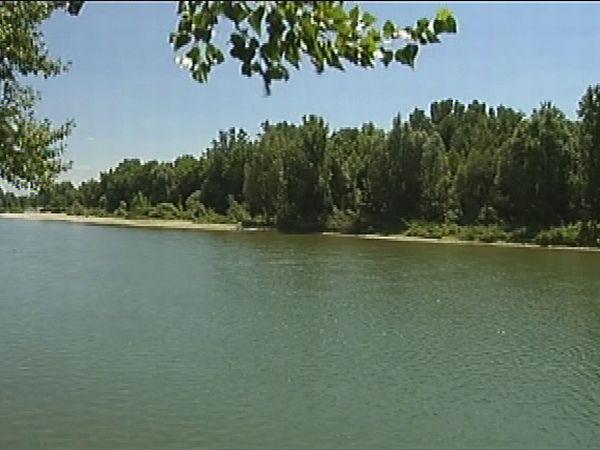The Drava River, which flows through eastern Slovenia, is known both for the attractive landscapes that surround it and for the hydroelectric plants that provide the country with much of its power. Once, however, the river was known far and wide for a very different activity: river rafting.
Unlike the flexible, sporty rafts we know today, the traditional rafts looked positively unwieldy. They were large wooden constructions -- with six fixed oars --, that made their way down the river slowly and sometime awkwardly. However, they could carry heavy loads and travel long distances. They were therefore an ideal mode of transportation in an era when roads were rare and railways nonexistent.
The tradition of rafting on the Drava is an old one; according to some historic sources, it may even date back to the 13th century. At first, it was primarily to transport military equipment and troops, but it had become an import commercial activity by the 18th century. Many people living near the river made their living from logging, and the rafters could transport wood efficiently to distant, otherwise unreachable markets. Both the loggers and the rafters profited immensely from this arrangement.
A long rafting trip could take weeks and even a month, as the raft made its slow voyage down the Drava and, eventually, the Danube. Belgrade was a common destination, but some voyages made it all the way to the Black Sea. Often, the rafters would travel southwards in large convoys. Each raft had a shack that would protect the rafters from the rain, as well as clay fire pit and a cook who would prepare meals for the crew. The rafters’ pay was high for the day, and there was no shortage of young people willing to go into the rafting business.
The advent of railroads sped up land-based communications, but thousands of rafters were still in business in the 1930s. A major decline of rafting began after World War II, with the advent of roads and the building of hydroelectric plants. A centuries-old profession had come to an end.
Almost -- several rafting companies still operate on the Drava, but they now carry tourists instead of wood. Their rafts are built using traditional methods, however, and tourists get to sample some of the dishes once eaten aboard the rafts. The rafters still play the accordion and sing the same songs their ancestors did for centuries as they made their way down the river.


































































